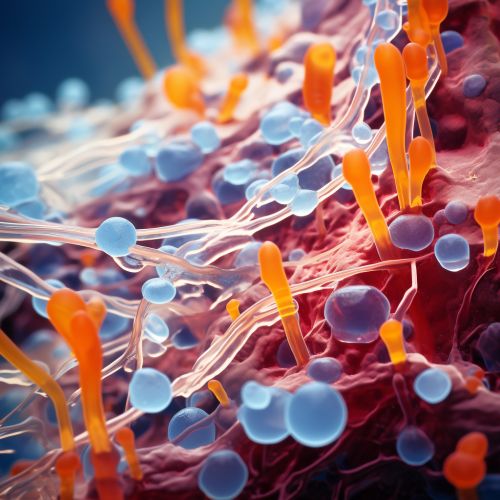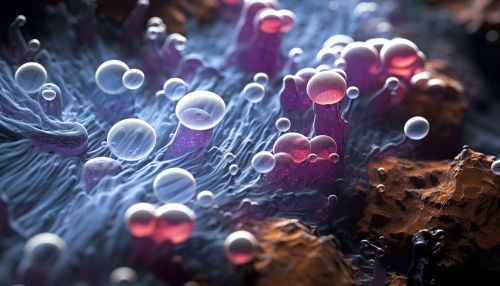Endotoxin
Overview
Endotoxins are a type of lipopolysaccharide (LPS) found in the outer membrane of Gram-negative bacteria. They are released into the surrounding environment when the bacteria die and the cell wall breaks apart. Endotoxins are a major factor in the pathogenicity of Gram-negative bacteria, causing a range of effects from mild inflammation to severe septic shock.


Structure
Endotoxins are complex molecules composed of a lipid and a polysaccharide joined by a covalent bond. The lipid portion, known as Lipid A, is responsible for the toxic properties of the endotoxin. The polysaccharide portion can be further divided into the core polysaccharide and the O antigen. The O antigen extends outward from the core polysaccharide and is the part of the endotoxin that is recognized by the immune system.
Function
Endotoxins play a crucial role in the ability of Gram-negative bacteria to cause disease. When released into the bloodstream, they can trigger a strong immune response, leading to inflammation, fever, and in severe cases, septic shock. This is due to the lipid A portion of the endotoxin, which is recognized by the immune system as a foreign substance.
Detection and Measurement
Endotoxins can be detected and measured using several methods, including the Limulus amebocyte lysate (LAL) test, the rabbit pyrogen test, and chromatographic techniques. The LAL test, which uses the blood of the horseshoe crab, is the most commonly used method due to its sensitivity and specificity.
Clinical Significance
Endotoxins are a significant concern in healthcare settings, particularly in relation to medical devices and injectable drugs. They can cause a range of symptoms, from fever and inflammation to severe septic shock and multi-organ failure. As such, it is crucial to ensure that medical equipment and pharmaceuticals are free from endotoxins.
